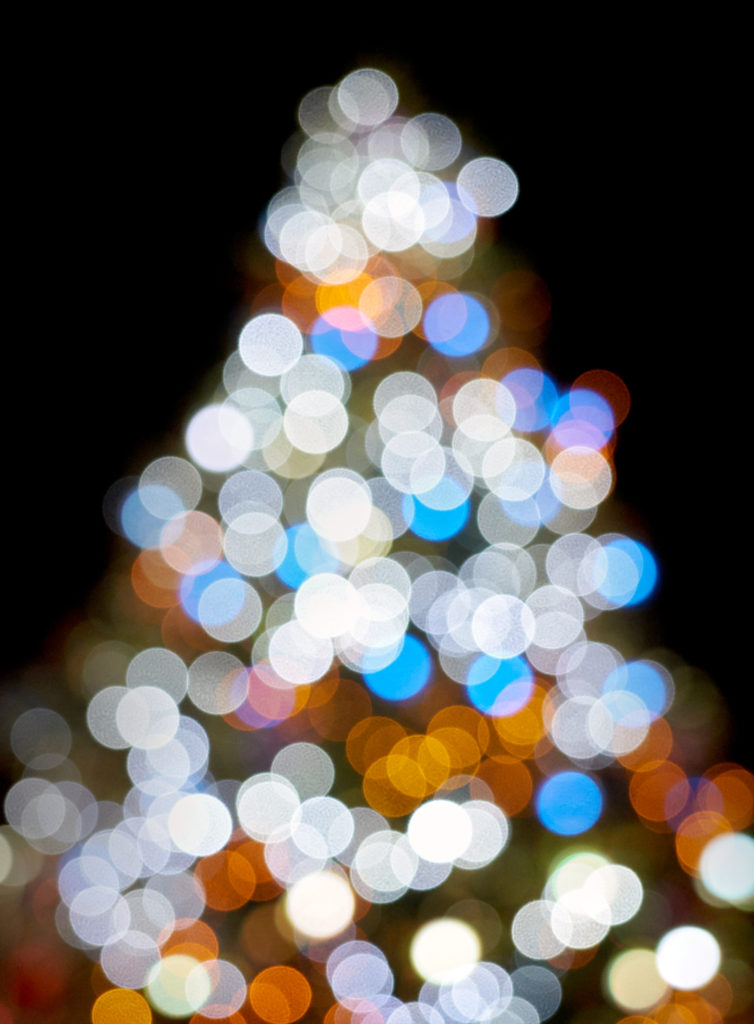
In photography, bokeh* is the rendering of the blur produced by a lens in the out-of-focus parts of an image and is thus affected by the aperture, iris-blade construction, lens design (aberrations), and diffraction (Airy diffraction patterns). Photographing point-like sources of light such as Christmas-tree illumination is the best way to check the quality of bokeh, i.e., uneven or sharp luminance transitions, ni-sen (Japanese for double lines), irregular textures, and color fringes.
But there is no general consensus of what good or bad bokeh is. If you like it, it’s good, if you don’t like it, it’s bad. The same with Christmas celebrations, gifts and cakes. Some don’t like it at all. But if you had it, it might as well be smooth, round, and creamy rather than nervous, polygonal, and harsh.
And remember; to optimise bokeh keep reducing the distance between yourself and the subject while increasing the distance between the subject and the background.
In this sense, have a bokehlitious Christmas. SR
*The word bokeh is derived from a Japanese word, which means something like “fuzzy” and is used to describe, among other things, the “flavour” of out-of-focus areas in photographs; “boke-aji.” Mike Johnston, Editor-in-Chief of PHOTO Techniques magazine from 1994-2000 and now running the website “The Online Photographer”, added the “h” because English speakers would mispronounce boke like “joke”, instead of the “bo” as in bone, “ke” as in Kevin, and with equal weight on each syllable.